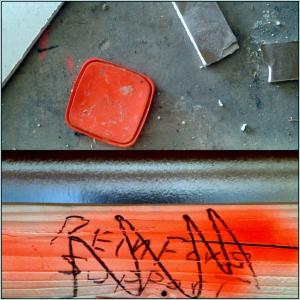CONTACT: marlee9748@gmail.com marleneburns©2024. All Rights Reserved.

I'm dedicating this blog post in honor of Lisa who stopped by with a comment on my last post. In case you missed it, I spoke of being able to remove something that was really terrific from your composition if it wasn't working with the other elements. In essence, this is the ability to critique your own work.
Where does this ability to self critique come from? At the risk of being redundant, I will repeat that it is about learning the rules of good design and keeping them in mind with every move you make as the composer. A young artist will have to consciously run through each element and the seasoned artist will move through them at a subconscious level.
At some point, the rebel in you will want to break these rules. I am neither condoning nor condemning. What I will say is that you need to consistently use the rules once you have learned them before trying to eliminate them successfully. Play with one rule at a time.....see how far you can remove your composition from the rule and still make the composition work...ok, not only work, but be gloriously brilliant.
Let's look at one element of good design as an example....
Contrast is an important design principle to use. Let us consider color contrast that is created by pairing opposites on the color wheel.
No doubt,some of you are having an 'aha' moment as you realize that you aren't familiar with the color wheel.
Clearly, it is time to learn about it AND about primary, secondary and tertiary colors. Add a lesson in values (dark and light, warm and cool) while you are at it so that you can use values and temperature for contrast as well. Thanks to the internet, not much is beyond our reach.
Once you understand the importance of using opposites not only for contrast but for balance as well, you will struggle less with figuring out how to mix and use the right colors as your artwork develops. When you know what works, what doesn't work will scream right off the canvas. More often than not, a problem area is a problem for good reason. Figure out the reason and you have taken your first step toward self critique and consistently better work.
Thanks for your patience as I segued a bit...I'll be back soon to continue my journey. In the meantime, enjoy my latest Urban Abstracts by clicking on the
'more information' link.